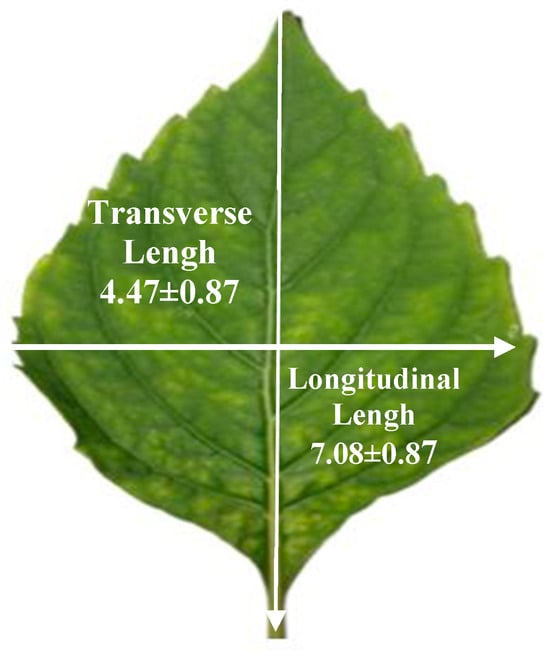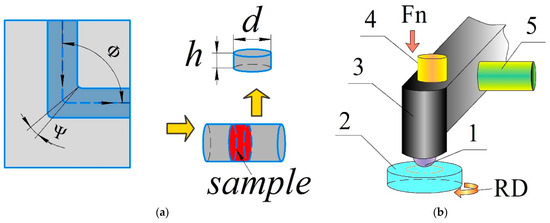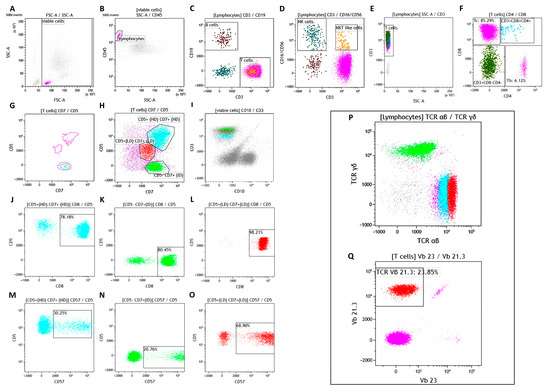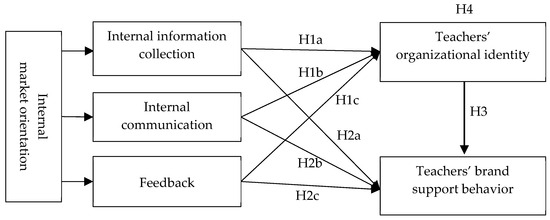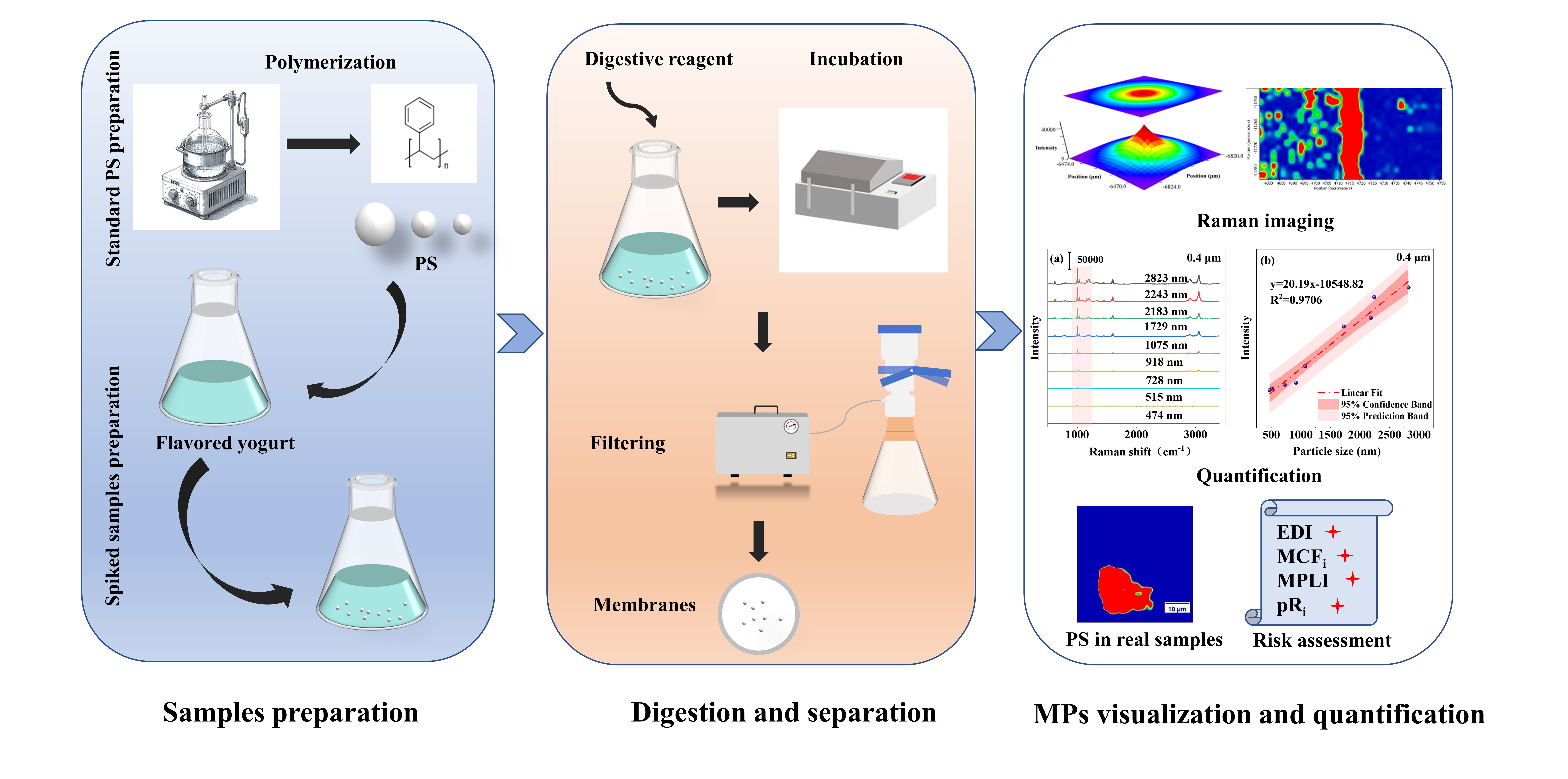Familial Alzheimer’s disease (FAD) is a complex and multifactorial neurodegenerative disorder for which no curative therapies are yet available. Indeed, no single medication or intervention has proven fully effective thus far. Therefore, the combination of multitarget agents has been appealing as a potential therapeutic approach against FAD. Here, we investigated the potential of combining tramiprosate (TM), curcumin (CU), and the JNK inhibitor SP600125 (SP) as a treatment for FAD. The study analyzed the individual and combined effects of these two natural agents and this pharmacological inhibitor on the accumulation of intracellular amyloid beta iAβ; hyperphosphorylated protein TAU at Ser
202/Thr
205; mitochondrial membrane potential (DY
m); generation of reactive oxygen species (ROS); oxidized protein DJ-1; proapoptosis proteins p-c-JUN at Ser
63/Ser
73, TP53, and cleaved caspase 3 (CC3); and deficiency in acetylcholine (ACh)-induced transient Ca
2+ influx response in cholinergic-like neurons (ChLNs) bearing the mutation I416T in presenilin 1 (PSEN1 I416T). We found that single doses of TM (50 μM), CU (10 μM), or SP (1 μM) were efficient at reducing some, but not all, pathological markers in PSEN 1 I416T ChLNs, whereas a combination of TM, CU, and SP at a high (50, 10, 1 μM) concentration was efficient in diminishing the iAβ, p-TAU Ser
202/Thr
205, DJ-1Cys
106-SO
3, and CC3 markers by −50%, −75%, −86%, and −100%, respectively, in PSEN1 I417T ChLNs. Although combinations at middle (10, 2, 0.2) and low (5, 1, 0.1) concentrations significantly diminished p-TAU Ser
202/Thr
205, DJ-1Cys
106-SO
3, and CC3 by −69% and −38%, −100% and −62%, −100% and −62%, respectively, these combinations did not alter the iAβ compared to untreated mutant ChLNs. Moreover, a combination of reagents at H concentration was able to restore the dysfunctional ACh-induced Ca
2+ influx response in PSEN 1 I416T. Our data suggest that the use of multitarget agents in combination with anti-amyloid (TM, CU), antioxidant (e.g., CU), and antiapoptotic (TM, CU, SP) actions might be beneficial for reducing iAβ-induced ChLN damage in FAD.
Full article
 IJMS
IMPACT
IJMS
IMPACT Applied Sciences
IMPACT
Applied Sciences
IMPACT Sustainability
IMPACT
Sustainability
IMPACT Sensors
IMPACT
Sensors
IMPACT JCM
IMPACT
JCM
IMPACT Energies
IMPACT
Energies
IMPACT Molecules
IMPACT
Molecules
IMPACT Materials
IMPACT
Materials
IMPACT Remote Sensing
IMPACT
Remote Sensing
IMPACT Cancers
IMPACT
Cancers
IMPACT Electronics
IMPACT
Electronics
IMPACT Mathematics
IMPACT
Mathematics
IMPACT Foods
IMPACT
Foods
IMPACT Buildings
IMPACT
Buildings
IMPACT Plants
IMPACT
Plants
IMPACT Nutrients
IMPACT
Nutrients
IMPACT Animals
IMPACT
Animals
IMPACT Polymers
IMPACT
Polymers
IMPACT Water
IMPACT
Water
IMPACT Diagnostics
IMPACT
Diagnostics
IMPACT Biomedicines
IMPACT
Biomedicines
IMPACT Agronomy
IMPACT
Agronomy
IMPACT Microorganisms
IMPACT
Microorganisms
IMPACT Processes
IMPACT
Processes
IMPACT Healthcare
IMPACT
Healthcare
IMPACT Forests
IMPACT
Forests
IMPACT Cells
IMPACT
Cells
IMPACT JMSE
IMPACT
JMSE
IMPACT Medicina
IMPACT
Medicina
IMPACT Viruses
IMPACT
Viruses
IMPACT Agriculture
IMPACT
Agriculture
IMPACT Nanomaterials
IMPACT
Nanomaterials
IMPACT IJERPH
IJERPH
 Land
IMPACT
Land
IMPACT Pharmaceutics
IMPACT
Pharmaceutics
IMPACT Pharmaceuticals
IMPACT
Pharmaceuticals
IMPACT Religions
IMPACT
Religions
IMPACT Biomolecules
IMPACT
Biomolecules
IMPACT Life
IMPACT
Life
IMPACT Micromachines
IMPACT
Micromachines
IMPACT Atmosphere
IMPACT
Atmosphere
IMPACT Antioxidants
IMPACT
Antioxidants
IMPACT Genes
IMPACT
Genes
IMPACT Metals
IMPACT
Metals
IMPACT Symmetry
IMPACT
Symmetry
IMPACT Children
IMPACT
Children
IMPACT Coatings
IMPACT
Coatings
IMPACT Vaccines
IMPACT
Vaccines
IMPACT Horticulturae
IMPACT
Horticulturae
IMPACT Education Sciences
IMPACT
Education Sciences
IMPACT Minerals
IMPACT
Minerals
IMPACT Brain Sciences
IMPACT
Brain Sciences
IMPACT JPM
IMPACT
JPM
IMPACT Bioengineering
IMPACT
Bioengineering
IMPACT





